While no longer the only game in town, Facebook is still a trusted place to share information. Of the three platforms we will discuss in this series (Facebook, Twitter & Instagram), this one is most likely to be used by the adults interested in your program, rather than your students.
Unlike Instagram which requires a picture or Twitter which keeps you to 140 characters, FB allows for diverse postings of any length. Put up pictures from class, links to articles or your band website, videos from rehearsal, or just plain text if you choose.
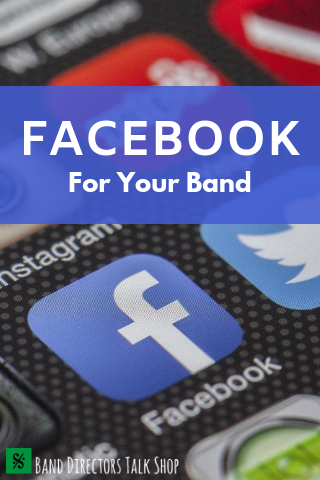
If your band is not already established on Facebook, the first thing you’ll have to decide is whether to go with a Group or a Page.
- Why a Group? A group is a good option if you’re seeking something more private and Facebook is the only platform you’ll be using. It can be a little more informal than an official Page since you’re only sharing it with approved group members, and provides many options for privacy settings including group visibility, posting permissions, and membership approval.
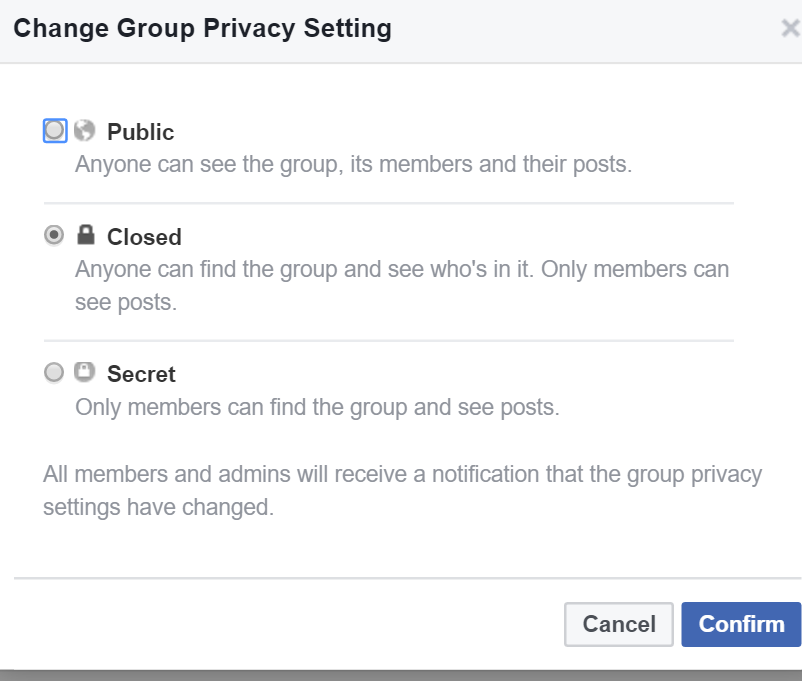
- Why a Page? A Page is meant as more of an official representation of your organization. It still has options to control visible content such as moderating visitor posts, but all posts by Page administrators are public. I personally prefer a Page because it allows the option of paying to advertise (which can be really helpful if you’ve got a big event or fundraiser coming up), lets others (like your school) tag your band in their posts, and can be connected to other social media accounts such as Instagram for easy posting ability. (linking accounts will be covered in a later post in this series).

A page also allows you to navigate Facebook as Your Page. Many people create a separate Facebook account to manage their Facebook group, but it’s not needed when working with a Page because you post and reply as the Page instead of doing it through your personal account.
- Whichever you decide to use (or you could set up both depending on how you want to use them), remind your audience to check on their notification settings for your group or page. While I don’t claim to know all of the ins and outs of them, Facebook’s algorithms are notorious for showing not nearly as much of your audience your content as you’d hope (likely to push you to pay to “boost” your posts). Getting notifications will help your audience make sure they don’t miss out on your content.
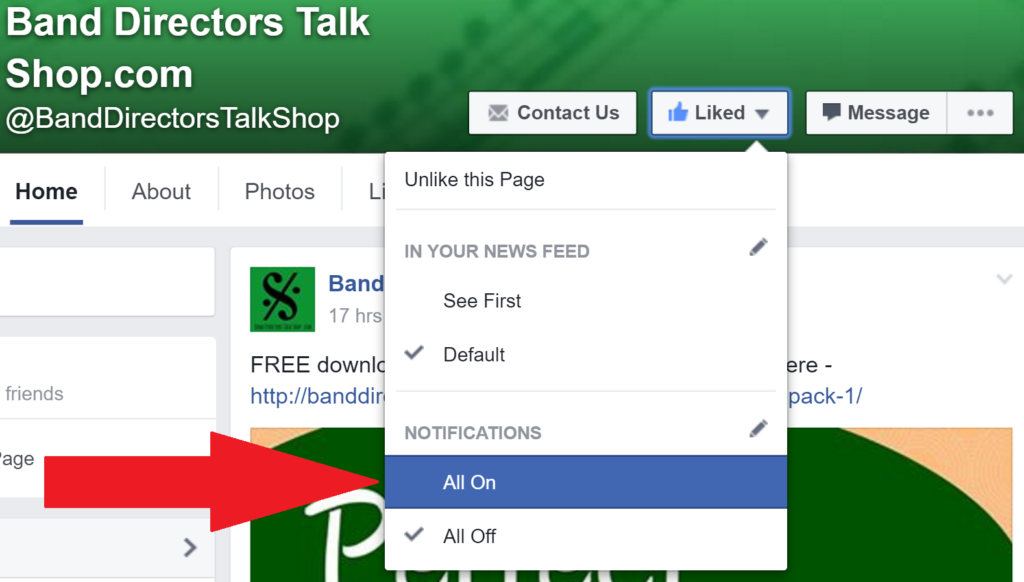
- Getting your audience to actively engage in your posts will help them appear more often in their feed as well. Ask questions, request that they share a post, and find ways that encourage them to comment.
- Use a site like Canva to create an eye-catching cover photo. It’s a great free site that has templates that are already set to the size you need for a good cover. I also love them for quick graphics (I choose the “social media” template) to make announcements or reminders, and even covers for our programs.
- Facebook offers a specific Pages app that will allow you to easily access and manage your Page from your mobile device (another bonus of a Page versus a Group). Keeping this app on your device will make putting up posts during the day quick and easy!
- Tag others in your posts! Went to a great concert? Tag the musicians or ensemble in a post (your page has to like theirs before you can tag them). Using a new tool? Tag the company in a post. They will often respond or share your post. If the whole point is to share your band’s story and advocate for your group, the positive PR can only help.
- Have questions not covered here? Please post them in the Facebook comments or contact me through my website The Noisy Room Down the Hall.Follow up this article by reading about getting your band on Twitter.
Amy Rever is a 6-8th Grade Band teacher at Hart Middle School in Rochester Hills, MI. She earned her master’s degree in Educational Leadership from Oakland University in 2015. Amy has been teaching eight years and spent the first seven of her career as the K12 band and music director of a small district where she also served as the social media coordinator. She has shared new technologies with colleagues at staff meetings, spoken on utilizing social media at district professional development, and recently presented how to use Twitter for professional learning at the Michigan Music Conference. When not teaching, Amy enjoys laughing loudly and often with her family and walking their two rescue mutts. She also blogs regularly on her site The Noisy Room Down the Hall.
Related Reading:
What is Google Classroom?
Social Media for your Ensemble
Middle School Non-Varsity Band: Overcoming “Summer Brain” & “Summer Chops”
9 Rules and 4 Final Lessons from Almost a Half-Century of Teaching
If you would like to receive our weekly newsletter, sign up here.
Don’t forget to like us on Facebook too!
Learn. Share. Inspire.
BandDirectorsTalkShop.com
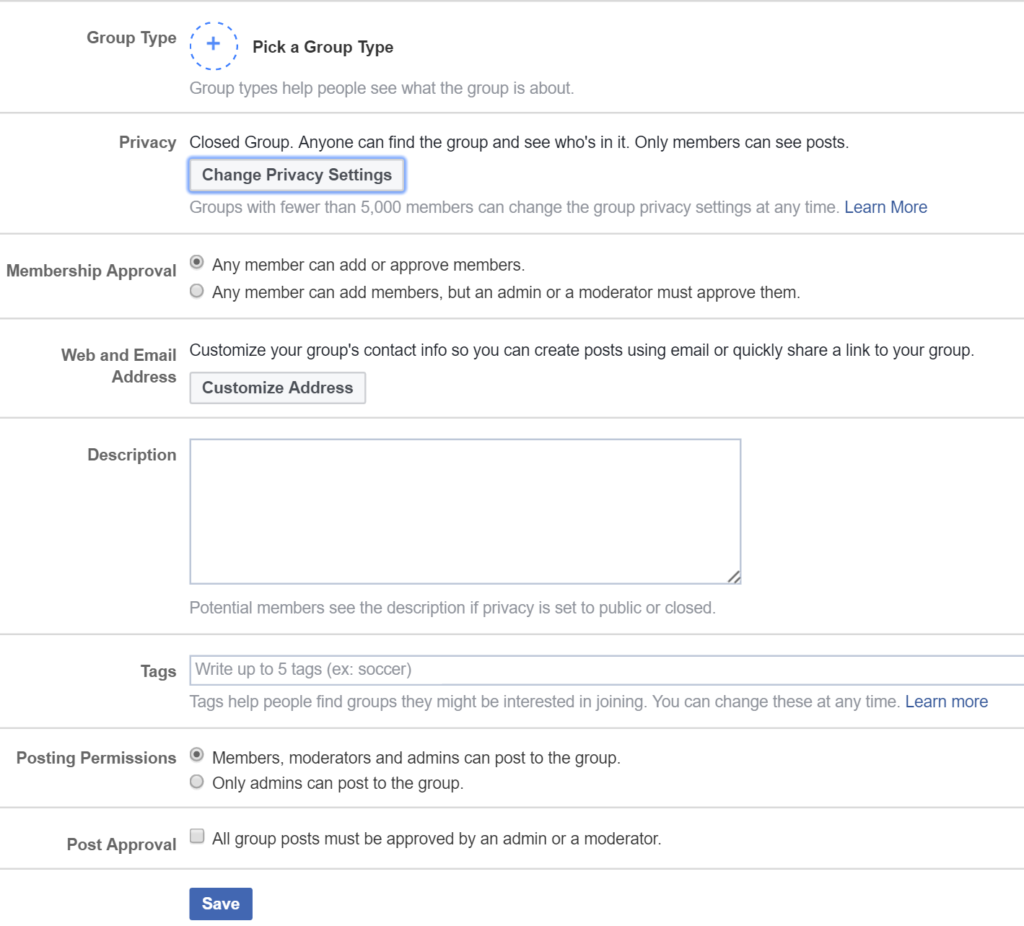


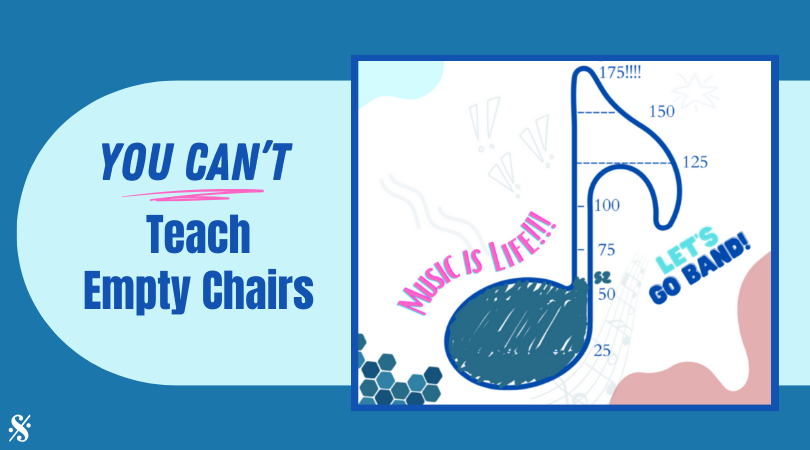
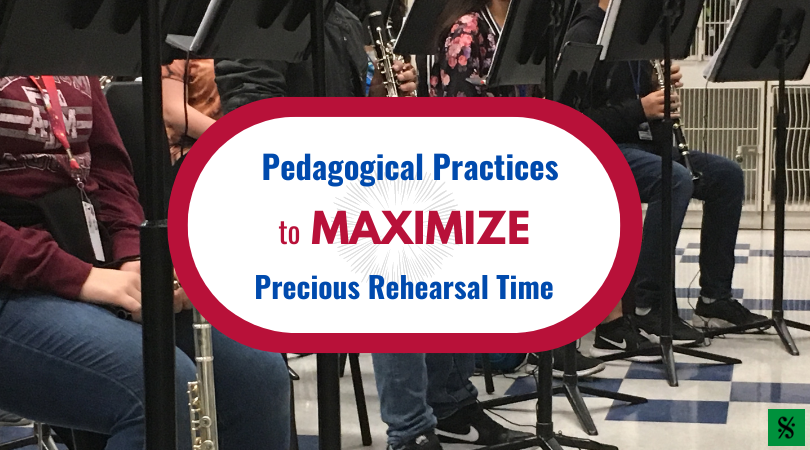

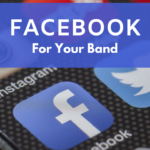
Leave a Reply
You must be logged in to post a comment.